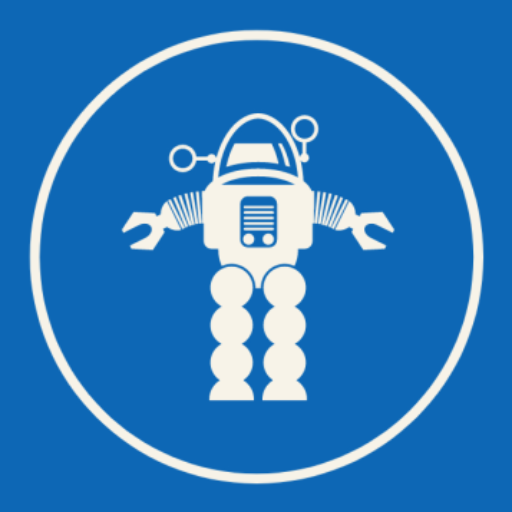Latest from MIT Tech Review – From slop to Sotheby’s? AI art enters a new phase
In this era of AI slop, the idea that generative AI tools like Midjourney and Runway could be used to make art can seem absurd: What possible artistic value is there to be found in the likes of Shrimp Jesus and Ballerina Cappuccina? But amid all the muck, there are people using AI tools with…
